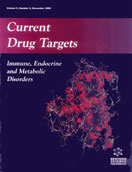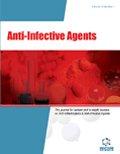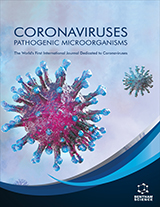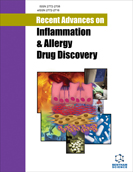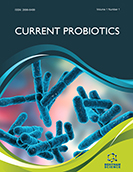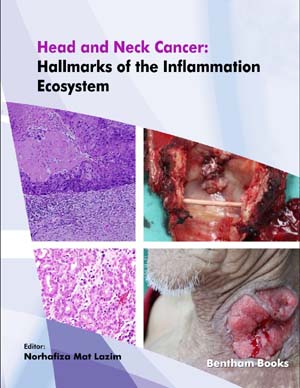Abstract
Phagocytes are activated by several extracellular signals, including formylpeptides derived from bacterial proteins or disrupted cells. The most intensely studied member of the formylpeptide family is the synthetic tripeptide N-formyl-L-methionyl-L-leucyl-Lphenylalanine (fMLP), whose specific receptors have been identified on neutrophil plasma membrane and subsequently cloned. The fMLP-receptor interaction activates multiple transduction pathways responsible for various neutrophil functions such as adhesion, chemotaxis, exocytosis of secretory granules and superoxide anion production, which represent the physiological response to bacterial infection and tissue damage. An unresolved question is whether signaling requirements are identical or specific for each physiological function. The development of fMLP receptor agonists and antagonists has led to an improvement of our knowledge about the above issue. Of particular interest is the possibility that receptorial antagonists, able to transiently inhibit neutrophil responses to formylpeptides, could be therapeutic agents in the treatment of inflammation-related diseases. Aim of this review is, i) to summarise the current understanding of the series of events that begins at the level of formylpeptide-receptor interaction and is responsible for the activation of transduction pathways, which finally determine neutrophil response, ii) to define the state of art regarding the synthesis as well as the biological actions of fMLP receptor agonists and antagonists.
Keywords: neutrophils, formylpeptide receptor, transduction mechanisms, neutrophil functions, formylpeptide receptor agonists, Formylpeptide receptor antagonists
Current Drug Targets - Immune, Endocrine & Metabolic Disorders
Title: Studies on Human Neutrophil Biological Functions by Means of Formylpeptide Receptor Agonists and Antagonists
Volume: 3 Issue: 1
Author(s): A. Dalpiaz, S. Spisani, C. Biondi, E. Fabbri, M. Nalli and M. E. Ferretti
Affiliation:
Keywords: neutrophils, formylpeptide receptor, transduction mechanisms, neutrophil functions, formylpeptide receptor agonists, Formylpeptide receptor antagonists
Abstract: Phagocytes are activated by several extracellular signals, including formylpeptides derived from bacterial proteins or disrupted cells. The most intensely studied member of the formylpeptide family is the synthetic tripeptide N-formyl-L-methionyl-L-leucyl-Lphenylalanine (fMLP), whose specific receptors have been identified on neutrophil plasma membrane and subsequently cloned. The fMLP-receptor interaction activates multiple transduction pathways responsible for various neutrophil functions such as adhesion, chemotaxis, exocytosis of secretory granules and superoxide anion production, which represent the physiological response to bacterial infection and tissue damage. An unresolved question is whether signaling requirements are identical or specific for each physiological function. The development of fMLP receptor agonists and antagonists has led to an improvement of our knowledge about the above issue. Of particular interest is the possibility that receptorial antagonists, able to transiently inhibit neutrophil responses to formylpeptides, could be therapeutic agents in the treatment of inflammation-related diseases. Aim of this review is, i) to summarise the current understanding of the series of events that begins at the level of formylpeptide-receptor interaction and is responsible for the activation of transduction pathways, which finally determine neutrophil response, ii) to define the state of art regarding the synthesis as well as the biological actions of fMLP receptor agonists and antagonists.
Export Options
About this article
Cite this article as:
Dalpiaz A., Spisani S., Biondi C., Fabbri E., Nalli M. and Ferretti E. M., Studies on Human Neutrophil Biological Functions by Means of Formylpeptide Receptor Agonists and Antagonists, Current Drug Targets - Immune, Endocrine & Metabolic Disorders 2003; 3 (1) . https://dx.doi.org/10.2174/1568008033340333
| DOI https://dx.doi.org/10.2174/1568008033340333 |
Print ISSN 1568-0088 |
| Publisher Name Bentham Science Publisher |
Online ISSN 1875-5917 |
 17
17

